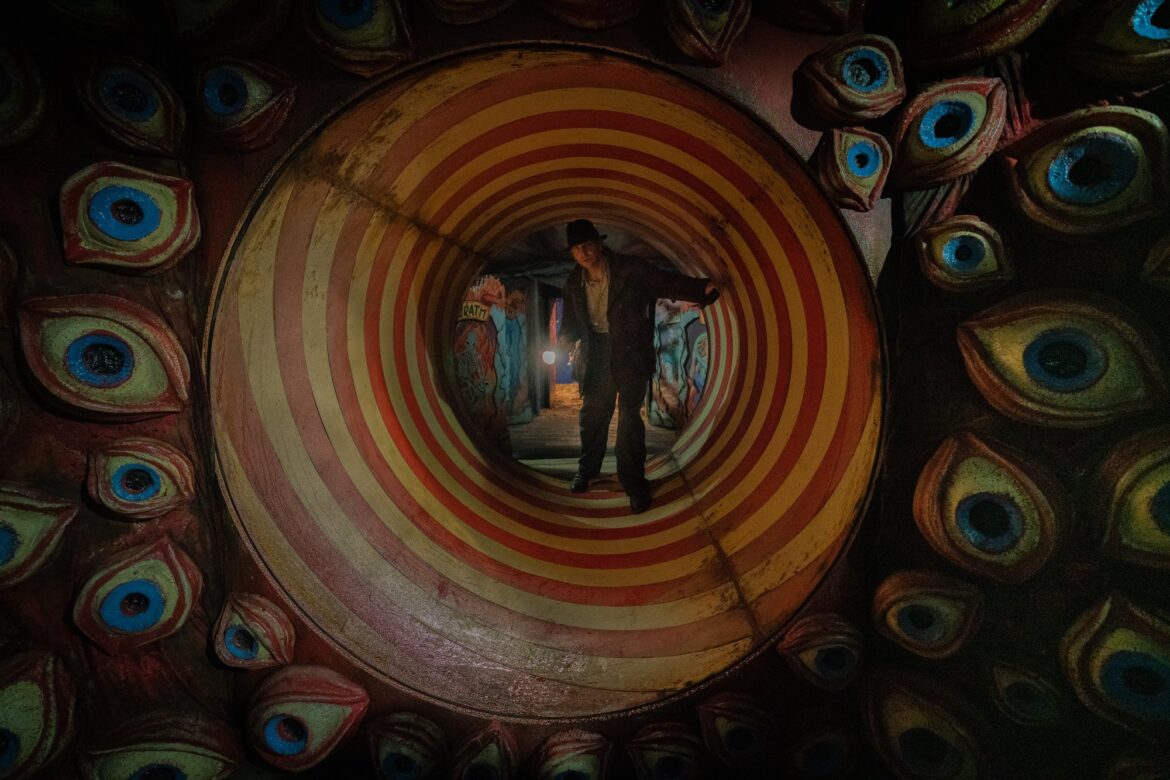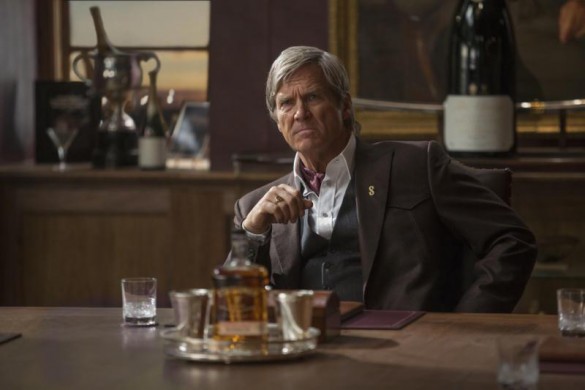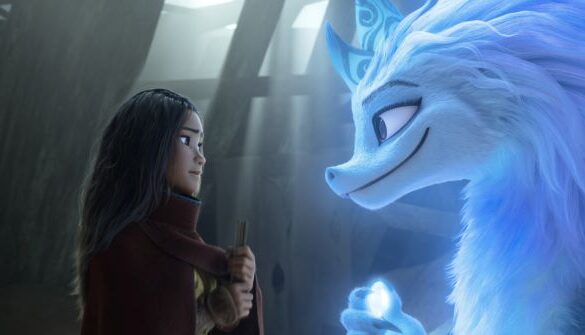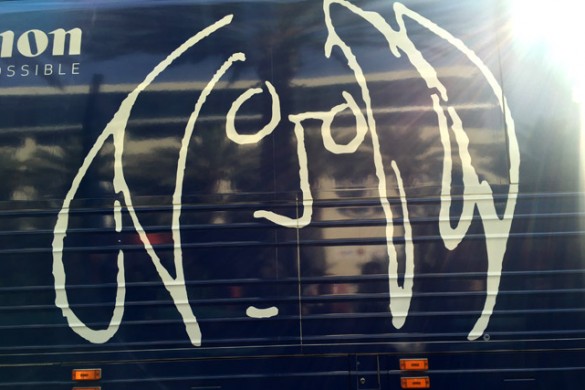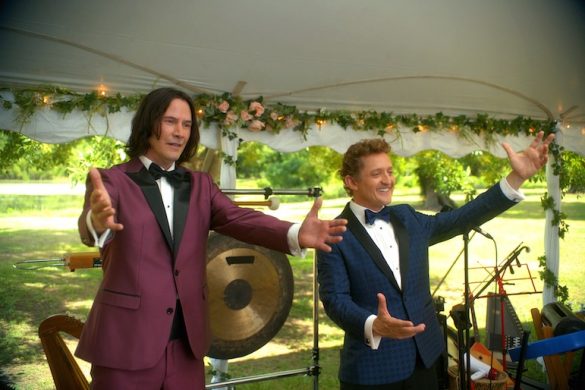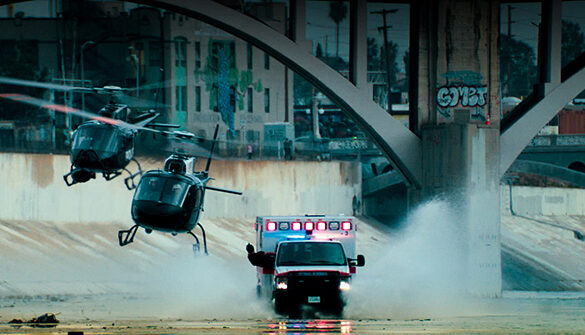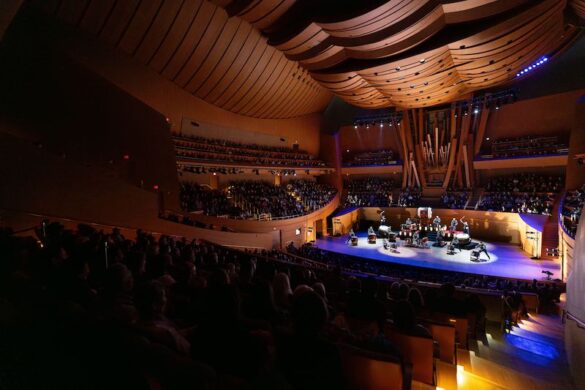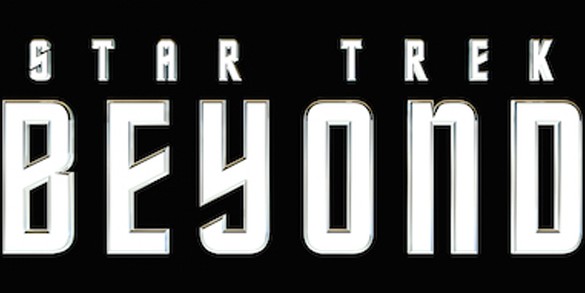Filmmakers like Guillermo del Toro are deeply passionate about their craft to tell a cinematic story. Every single detail from the words in the script to the fabric in the costume, it all comes alive in unexpected but delightful ways. Which is why something like the dark noir thriller “Nightmare Alley” really speaks to those who are a fan of the genre and period piece. Del Toro’s latest not only takes audiences to a world full of mystery and intrigue, but acts as an allegory about the power of greed. Based on William Lindsay Gresham’s 1946 novel Nightmare Alley, we’ve already reviewed the film back in December, so now, we will be taking a look at the special bonus features that come with digital edition since the film hits home entertainment shelves today.
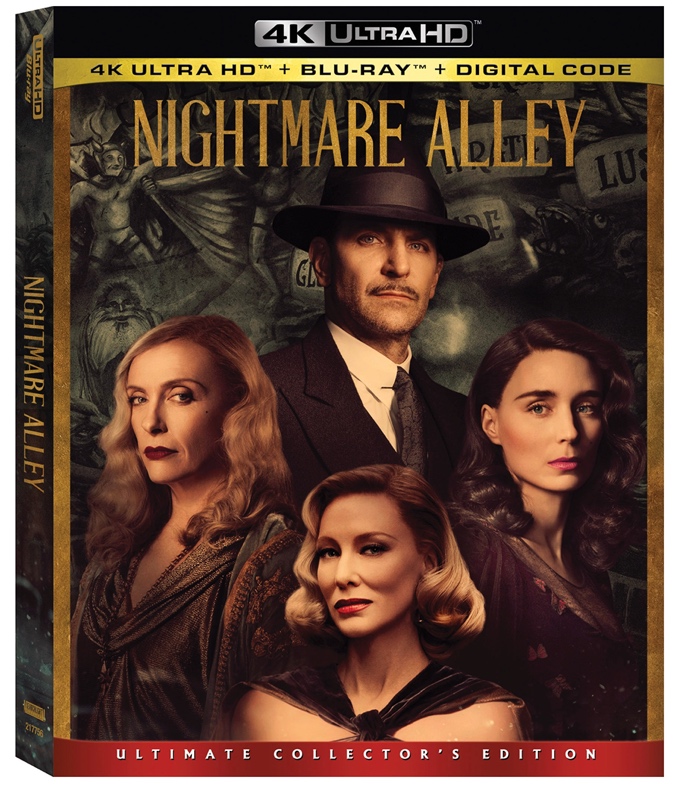
For the digital edition, there are only three bonus features. It doesn’t have to deal with some of the unnecessary fluff that comes with these home entertainment releases like epk b-roll material or deleted scenes. Instead, it dives into the Del Work’s creativity. In “Del Toro’s Neo-Thriller,” we get to see the director separate himself from the fantastical elements we’ve been accustomed to seeing in his previous works, and see more of his vision of the American life. Though this isn’t the first time that we’ve seen Gresham’s 1946 novel adapted for film, Del Toro and co-writer Kim Morgan’s take goes down a different rabbit hole.
So much of Del Toro’s work was a celebration of romance, but for “Nightmare Alley” we get to see an exploration of loathing, greed, and betrayal that hides in the shadows of a very elite and polite society. Of course, there’s also an element of family and humility that serves as a contrast to that. But for what it’s worth, and despite the film being the most grounded, “Nightmare Alley” still retains the spirit of Del Toro’s work.
In “Beneath the Tarp,” the bonus feature takes a look at the production side of the film. So “Nightmare Alley” represents a new grounded gothic vision of his storytelling. It takes a look at Tamara Deverell’s Academy Award-nominated work and the efforts she took to bring that late 1930s to early 1940s piece of history to life. In the bonus feature she speaks about the the research that went into bringing the carnival world of the 1930s and the Art Deco realm of Buffalo in the 1940s. Again, the contrasts between the two couldn’t be more stark as the former was grungy and dirty, while the latter saw more of a glitz and glamor touch to it. The set work along was amazing, and populating it with people wearing period costumes only beautified it even more. And shooting it on location only added to the realism, as weather contributed to the various textures that on-set locations could provide and stage shooting couldn’t.
Then there was the use of colors and shapes, and how all of that really helped add to the world that Del Toro was creating. Seeing Del Toro and Cate Blanchett speak about Dr. Lilith Ritter’s office and the lack of having to suspend disbelief because the sets are all there in its tangibility really speaks to how grounded the film is. In essence, the sets themselves become a character.
“What Exists in the Fringe” explores that idea of grounding “Nightmare Alley” in reality. As such, the bonus feature takes a look at the costume design that made the film feel almost like audiences were looking into a time capsule. Here, we spend time with Del Toro and Luis Sequeira who talk about what went into creating the kaleidoscope of costumes. From the cardigans and leather jackets to the sharp tailored suits for executives and the jumpsuits mechanics wear, Del Toro and Sequeira went to great lengths to make sure their characters weren’t dressed like an ad from a catalog. Del Toro said Sequeira fabricated an enormous amount of wardrobe, even with all of the restrictions that came with it.
For Sequeria’s part, he talks abiut the aging of the costumes and the beaten down feel he gave each one of them to embody how the characters have owned these garments for years. It’s a incredible bonus feature to look at if you enjoy how these period costumes are made.
And the idea for these limited costume changes was so that the audiences could understand these character “really fast.” Del Toro talks about how Molly’s (Rooney Mara) reds represented life, and how that could be seen throughout the carnival. But it was every limited once she left as it was only seen in the red dress in Chicago and the Salvation Army sign. For Zeena, she had greens and golds, which to Del Toro, signified Earthly and grassy tones. And for Williem Dafoe’s Clem, we saw plenty of black leather, which added a hard, flinty, and uncaring layer, but also had a seductive feel to it.
While the bonus features themselves are somewhat limited, the ones that are provided really get into Del Toro’s newest direction and how he doesn’t stray away from his filmmaking styles. “Nightmare Alley” still transports us to these new worlds thanks in no small part to the technical aspects that help recreate that period in time for newer audiences. Altogether, they run at just a little over 35 minutes, but it is the best 35+ minutes you will ever spend looking at what goes into making a neo-noir thriller.
8.5/10

